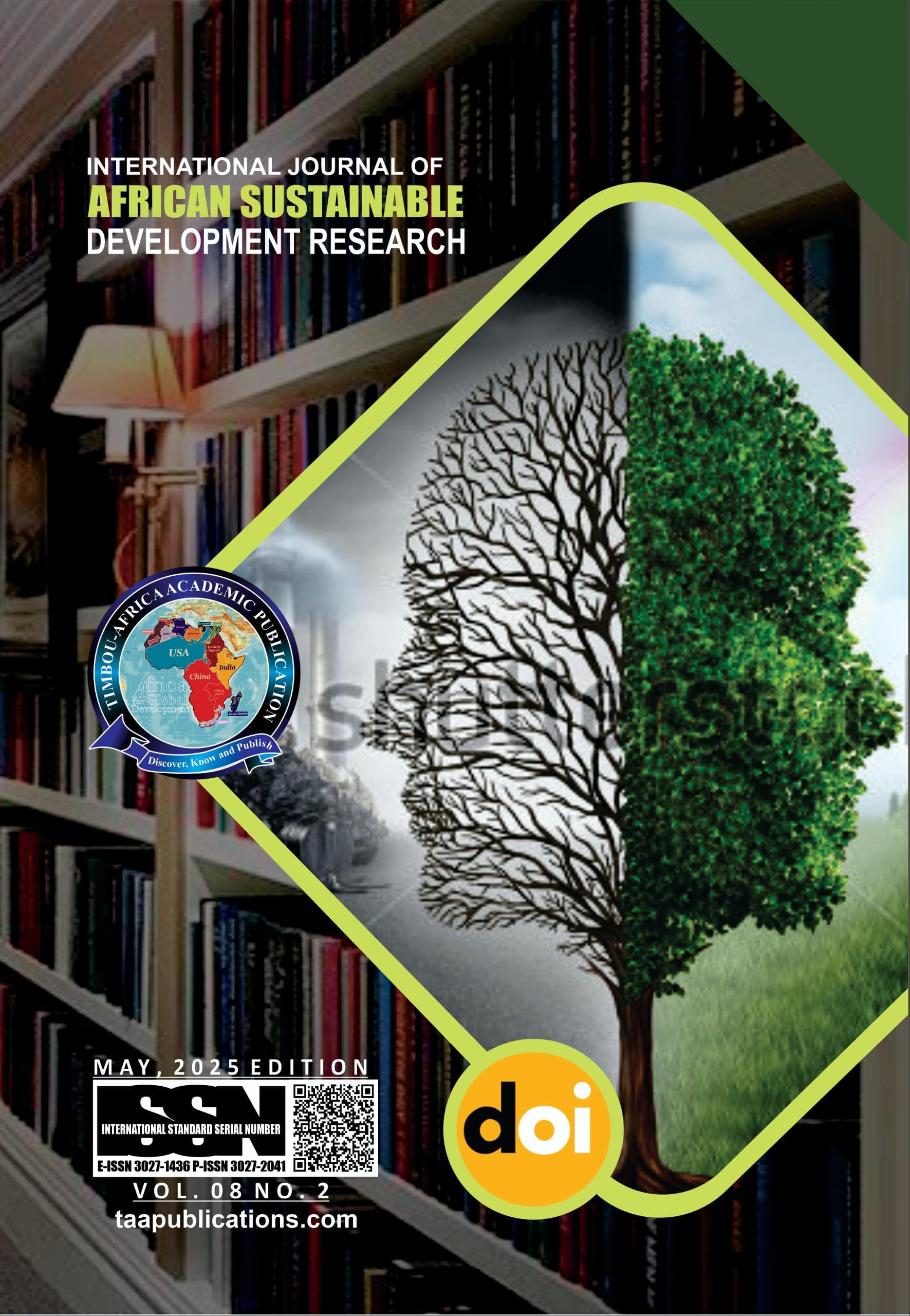AI-ENHANCED SUSTAINABLE SEISMIC DESIGN FOR NET-ZERO ENERGY BUILDINGS USING MACHINE LEARNING AND PARAMETRIC MODELLING

Abstract
This research investigates artificial intelligence techniques in the form of parametric modeling and machine learning to render buildings energy independent and earthquake resilient. The aim is to create a human-oriented, adaptable system for sustainable design in earthquake-prone regions. A mixed-methods design was used collaboratively. Designers, architects, and energy specialists collaboratively created initial design sketches, which were then converted to virtual models via BIM software such as Grasshopper for Rhino and Dynamo for Revit. Site-specific factors—geometry, materials, and energy loads- were coupled with seismic data (2000–2023) and NZEB performance curves (2015–2023). Subsequently, data was utilized to train supervised machine learning models (Random Forest, SVM) to forecast structural and energy results with 89% and 85% accuracy, respectively. Their results were embedded into parametric design cycles, modeling more than 27,000 design variants. Each of these designs was evaluated for international code compliance (Eurocode 8, ASHRAE 90.1, LEED v4) and optimized using a genetic algorithm to provide optimal safety and energy performance. The optimum designs reduced energy consumption by 30% annually and provided 28.6% greater seismic safety. These findings were verified by statistical testing (ANOVA, regression) and pilot field testing, ascertaining predictive efficacy and practical use. This study illustrates how the integration of AI at the initial stages of architectural design enables the development of buildings that not only remain structurally sound and energy-efficient but also are resilient, ecological, and futureresilient. The method encourages collaboration, enhances data-driven imagination, and provides access to resilient, climate-concordant infrastructure.
Keywords
Artificial intelligence for construction, machine learning, net-zero buildings, parametric design, performance optimization, seismic resilience, sustainable architecture